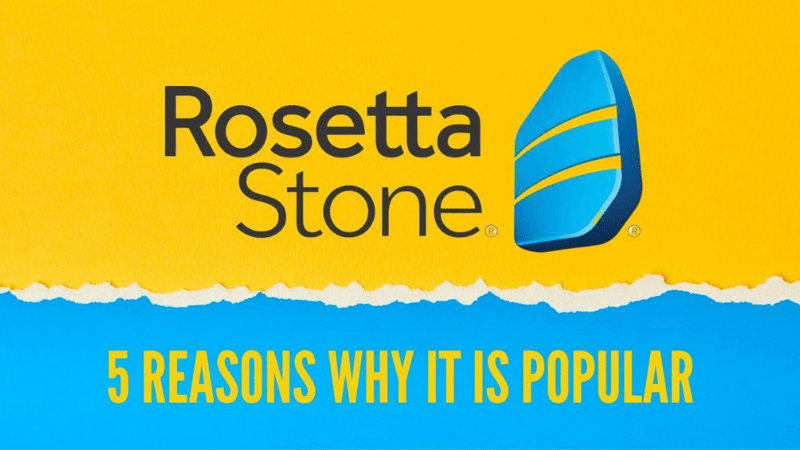
We’re about kicking down the door of thought everywhere and saying, “You are bigger and more capable than you realize. We have a mission beyond circulation, we want to bridge divides. We’re known as being fair even as the world becomes as polarized as at any time since the newspaper’s founding in 1908. We’re run by a church, but we’re not only for church members and we’re not about converting people. The Monitor is a peculiar little publication that’s hard for the world to figure out. And I’m going to argue that we change lives precisely because we force open that too-small box that most human beings think they live in. We’re the bran muffin of journalism.īut you know what? We change lives. We’re seen as being global, fair, insightful, and perhaps a bit too earnest. If you were to come up with a punchline to a joke about the Monitor, that would probably be it. Sometimes, we call things ‘boring’ simply because they lie outside the box we are currently in.” My work in Kenya, for example, was heavily influenced by a Christian Science Monitor article I had forced myself to read 10 years earlier. “Many things that end up” being meaningful, writes social scientist Joseph Grenny, “have come from conference workshops, articles, or online videos that began as a chore and ended with an insight. He does a masterful job of guiding the reader through the labyrinth of false starts, wrong turns, and dead ends that prefaced a fuller understanding of the symbols.Ībout a year ago, I happened upon this statement about the Monitor in the Harvard Business Review – under the charming heading of “do things that don’t interest you”: His clear and engaging style makes accessible the complex science and art of decoding. Champollion, a French scholar 17 years Young’s junior, “was utterly single-minded, unwilling to focus his gaze on any topic but Egypt.” Though it was Champollion who, by 1822, was the first to be able to “read” the hieroglyphs, it was breakthroughs made previously by Young that made Champollion’s success possible.ĭolnick, a former science writer for The Boston Globe, is the author of numerous books on scientific subjects written for a general audience. Young was an English polymath who made contributions to a wide range of fields, including music, physiology, medicine, and linguistics. Thomas Young and Jean-François Champollion shared a gift for languages, although they were different in every other way. By 1814, virtually everyone had given up, opening the field to outsiders, including two brilliant rivals who are the heroes of this tale. Studying the stone brought some insights, but little real progress was made. Instead they found a mundane message, filled with tributes to the pharaoh, including a litany of his good deeds.īefore the discovery of the Rosetta stone, some of the most accomplished linguists in Europe had attempted to decode hieroglyphs. The early translators of the Rosetta stone threw themselves into the task of rendering the nearly intact Greek inscription, hoping to find grand ideas expressed, something along the lines of the Magna Carta or the Bill of Rights. Ukraine attack: Putin target may be democracy, near and far

Though they align in a loose way, Dolnick likens them to “three peoples’ summaries of the same movie.” Not knowing this, the early decipherers “found themselves lost inside a maze.” Then, too, the assumption that the three scripts were word-for-word translations of one another proved to be false.
ROSETTA STONE GREEK REVIEW CODE
Code breakers needed reams of text in order to distinguish patterns, but the Rosetta stone, because it is broken at the top, contains only 14 lines of hieroglyphs. The difficulties of attempting to decipher the hieroglyphs, even with the help of the Rosetta stone, were legion. If the writings were translations of the same information, then the latter scripts could provide an invaluable toehold into the Egyptian symbols.

The Rosetta stone was a 4-by-3-foot slab of granite on which were found three sets of inscriptions: Egyptian hieroglyphs, ancient Greek, and Coptic. In “The Writing of the Gods: The Race To Decode the Rosetta Stone,” Edward Dolnick tells the fascinating story of one of the world’s most famous objects and the 20-year odyssey to unravel its mysteries. When a soldier in Napoleon’s army discovered the Rosetta stone in a pile of rubble in Egypt in 1799, hopes soared that the linguistic puzzle of the ages – the meaning of the hieroglyphs – might finally be solved.


 0 kommentar(er)
0 kommentar(er)
